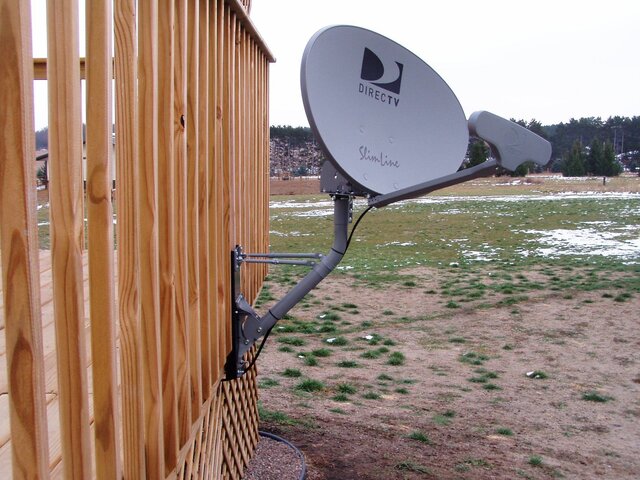On an existing home the Commdeck does not require any less roof penitration than a standard mount. On a new home, that is being pre-wired, it is GREAT product, but for aftermarket upgrade, I do not see the advantages. When I mount a dish to a roof on the overhange portion of the roof, I am only making 6 holes. All sealed with tar. IF the dish and mast have to be removed, you remove the base, and reinstall the bolts into the roof. Apply a fresh covering of tar and unless you are looking for the spot, no one sees it.
I cannot imagine the commdeck unit, installed on the over hang portion of a roof with no dish. It would look out of place.
If a customer want to pay for an installer to cut a HOLE in the roof, over living space, and have the cable routed through the attic. And, that installer uses tar to seal the flashing base of the commdeck, then great, but I see installers who carry NO tar or other asphalt roof sealant , and use RTV on asphalt roofs. Should those guys be installing a commdeck?
PVC pipe, cut-off in the attic, would only cause condensation because the outside cold air would tavel down the pipe, resulting in the pipe being colder than the attic temp. A pipe that runs into the home would transfer some of the heat from the heated section of the home, up through the pipe, keeping it warmer.
Solution: If you install a conduit, and cut it off in the attic, stuff some insulation into the conduit at the roof. This will keep the cold air out and allow the conduit in the attic, to remain at the temp of the attic. No condensation.





